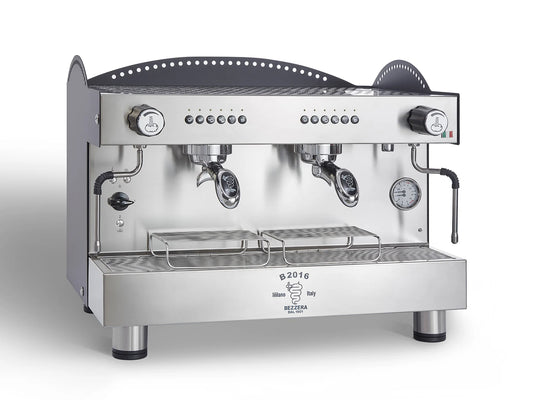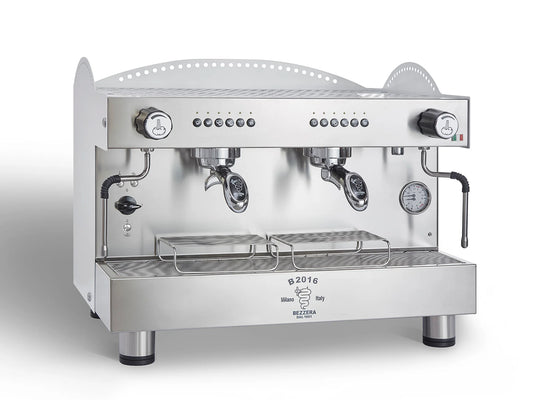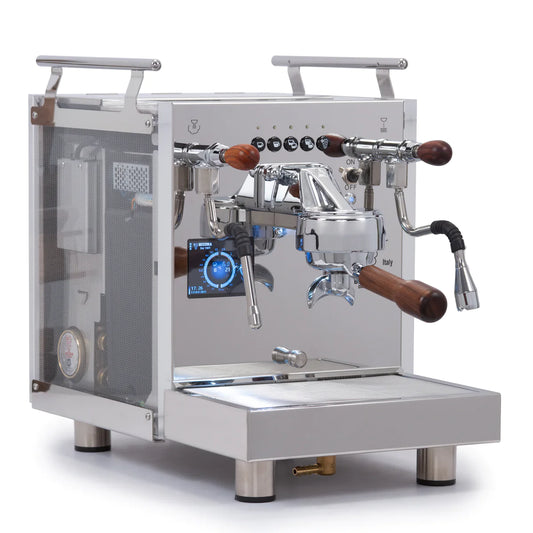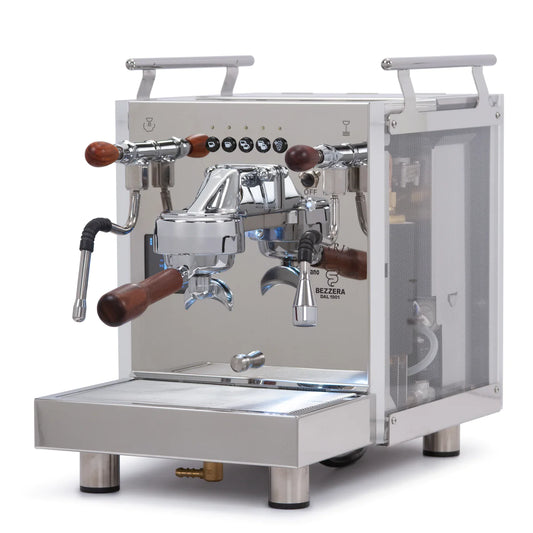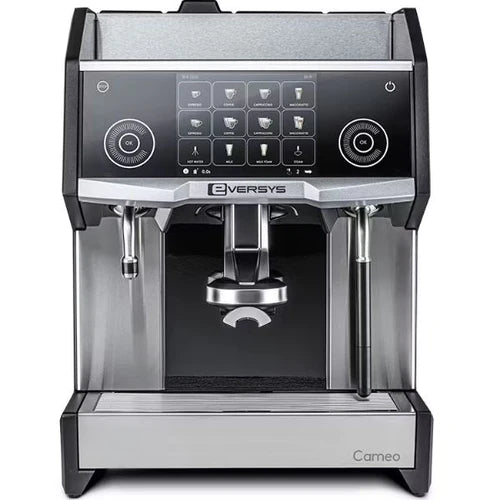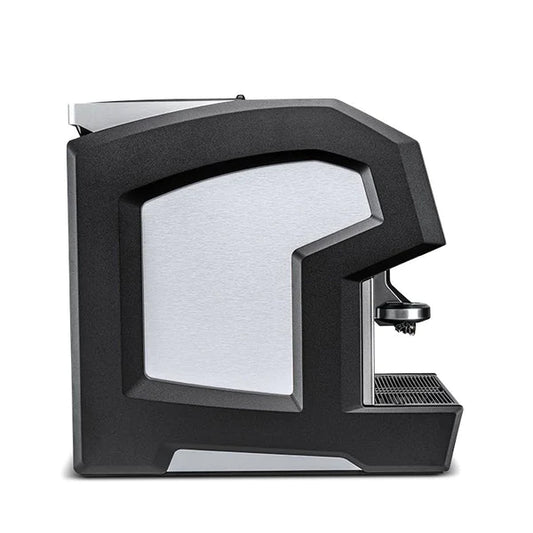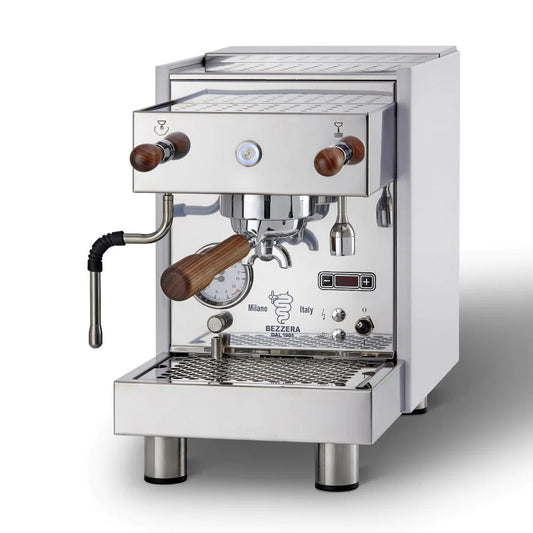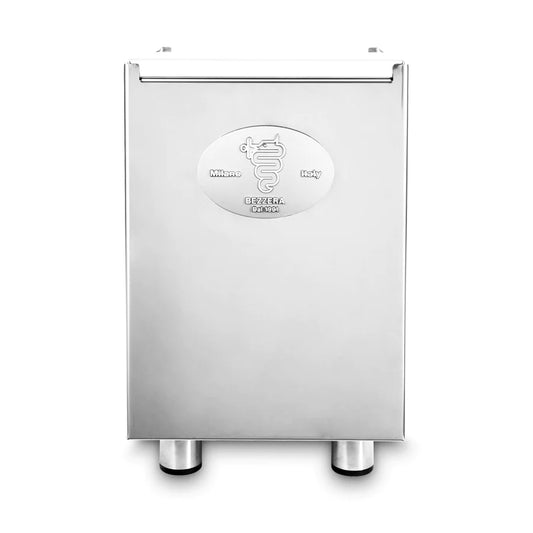The Evolving Landscape of Coffee Consumption in the U.S.: Trends, Challenges, and Innovations
Table of Contents
- Key Highlights:
- Introduction
- A Shift Toward Premiumization and Variety
- The Role of Social Media in Shaping Consumer Choices
- Understanding Diverse Consumption Occasions
- Addressing the Challenges in Supply and Pricing
- Innovations Driving Market Growth
- Green Coffee: Sourcing and Sustainability
- The Emergence of New Formats and Experiences
- Navigating Future Growth in the Coffee Industry
Key Highlights:
- The U.S. coffee market is undergoing significant changes, with a shift toward more diverse and premium coffee options as younger consumers prioritize quality and convenience.
- Despite challenges from inflation and supply chain issues, coffee demand remains robust, with significant growth in ready-to-drink (RTD) coffee and specialty formats like cold brew.
- Innovations in coffee products, including functional additions and customized experiences, are driving consumer engagement and altering traditional coffee consumption patterns.
Introduction
Coffee has long been a daily ritual for millions, serving as a source of energy, comfort, and social connection. However, the landscape surrounding this beloved beverage is rapidly evolving. Gone are the days when a simple cup of drip coffee sufficed; today's consumers are seeking variety, quality, and personalized experiences, shifting the market dynamics significantly. With insights from industry experts, this article delves into the latest trends shaping the U.S. coffee market and explores the challenges and innovations redefining how Americans enjoy their cup of joe.
A Shift Toward Premiumization and Variety
As Kelsey Girard, a senior food and drink analyst at Mintel, points out, American consumers are increasingly moving away from the notion of coffee as merely a source of caffeine. Instead, it's becoming a diverse beverage encompassing rituals and flavor exploration. The vibrant growth of specialty coffee formats—such as cold brew and espresso drinks—reflects this transition, particularly among younger demographics who crave novelty along with convenience.
Mitch Madoff, from Keychain, echoes this sentiment, noting that consumers are not merely looking for caffeine; they want coffee options that align with their lifestyles, emphasizing clean ingredients and ethical sourcing. As a result, brands are compelled to innovate their product offerings to meet these shifting consumer preferences.
Surprisingly, even amidst inflation concerns, the coffee market appears resilient. Unit sales of coffee have witnessed a 2.1% increase, according to Circana's insights, with ready-to-drink coffee options, including cold brews and refrigerated formats, seeing even more significant upticks. Sally Lyons Wyatt notes that sales in this segment increased by 14.4% in the ready-to-drink cold brew category and 5.1% for refrigerated coffee. This trend not only underscores the growing consumer interest in coffee but also highlights an evolving market seeking diverse flavors and formats.
The Role of Social Media in Shaping Consumer Choices
Social media is playing an increasingly vital role in influencing coffee consumption patterns. Platforms like Instagram and TikTok have transformed coffee from a simple drink to an object of creativity, elevating consumer engagement through shared recipes and innovative ideas. Coffee drinkers are now drawing inspiration from influencers and brand collaborations, creating a space where coffee is not just consumed but celebrated.
Influencer marketing is proving to be a powerful tool for brands. For example, actress Millie Bobby Brown’s partnership with Collab Coffee to expand her Florence By Mills Coffee line showcases how celebrity endorsements can create excitement and visibility for coffee products in a crowded marketplace. The impact of social media extends beyond promotions to shaping consumer preferences toward functional coffees containing ingredients meant to enhance health and wellness, such as collagen or adaptogens.
Understanding Diverse Consumption Occasions
For many, different types of coffee are fitting for various times of day and occasions. Traditional brewed coffee remains a staple for morning meals, while specialty coffee offerings are growing as choices later in the day. Reports indicate that 86% of ready-to-drink coffee consumers still opt for traditional brewed coffee at some point, demonstrating the seamless coexistence of different formats within consumer habits. This dual preference provides a unique opportunity for brands to cater to varying tastes and routines throughout the day.
Moreover, the notion of at-home coffee preparation is under new scrutiny given rising coffee prices and inflationary pressures. As consumers adjust their purchasing habits, there might be a resurgence in at-home coffee brewing influenced by both budget considerations and an evolving coffee culture that emphasizes customization and quality. Today's consumers are seeking to experiment with different brewing methods and ingredients, creating a personalized coffee experience that reflects their tastes and preferences.
Addressing the Challenges in Supply and Pricing
Although consumption of coffee continues to thrive, the market faces significant challenges related to pricing and supply chain disruptions. Inflationary pressures are impacting the beverages' pricing landscape, ultimately affecting consumer behavior. According to Wyatt, there has been an acceleration in coffee and tea pricing driven by ongoing supply volatility. As a result, consumers are making trade-offs—smaller sizes, fewer visits to cafes, or investing in upgrades for at-home brews.
Importantly, while inflation affects purchasing behavior, it seems coffee consumption remains a non-negotiable aspect of daily life for many consumers. Madoff emphasizes that coffee rituals are often too integral to daily routines to cut back significantly. Instead, consumers focus on finding value—assessing products for what they deliver beyond the basic caffeine fix.
Innovations Driving Market Growth
The U.S. coffee market demonstrates an array of innovative products introduced in response to changing consumer demands. Brands are increasingly recognizing the potential for premiumizing coffee segments, including instant coffee. Innovative products like Starbucks’ Crema Collection Instant Espresso and other premium instant offerings are reshaping how consumers perceive this once-stigmatized category. Instant coffee has expanded the market by introducing exciting flavors and easier preparation methods without necessitating extravagant coffee equipment—particularly relevant in today’s world where accessibility is critical.
Cold brew coffee provides another exciting area of growth. Madoff indicates that the smooth profile and lower acidity of cold brew make it appealing, especially to younger consumers. The transition toward ready-to-drink coffee, characterized by cold brew and canned lattes, is not just a transient trend but a significant shift in how coffee is made accessible.
Green Coffee: Sourcing and Sustainability
As consumers prioritize sustainability, brands are increasingly focusing on ethical sourcing and transparency. Many coffee drinkers now seek options that align with their values around health and environmental concerns. Madoff notes that consumers are looking for products with clean labels and functional benefits, such as those containing immunity-boosting ingredients.
Brands that can communicate their sourcing practices effectively can build significant loyalty. Nespresso, for example, has focused on offering specialty blends with transparency about their sourcing methods, catering to conscientious consumers who appreciate knowledge about the origins of their coffee.
Moreover, with an increasing interest in specialty blends and ethical coffee sourcing, consumers are becoming more discerning about how their coffee is farmed, sourced, and processed. Ethical pricing and sourcing become critical influencers of consumer choice in maintaining consumer trust and loyalty.
The Emergence of New Formats and Experiences
The rise of new coffee formats, such as coffee concentrates and innovative brewing methods, is empowering consumers to explore how they enjoy coffee. Madoff describes how coffee concentrates, which offer customization and convenience, appeal to a generation looking to enjoy coffee in ways that incorporate both their busy schedules and an affinity for adventure.
In addition to convenience-seeking behaviors, consumers are exploring personalized coffee experiences more than ever. With brands beginning to offer flavors that mirror popular desserts and snacks—such as oatmeal raisin and chocolate-peanut butter—coffee drinking can become a moment of indulgence.
Navigating Future Growth in the Coffee Industry
Looking ahead, the future growth of the coffee market is expected to be hard-earned. Industry experts suggest that brands need a comprehensive strategy to connect with consumers effectively and address their evolving preferences. According to Wyatt, innovation will remain critical amidst tightening budgets and rising prices.
However, the concept of premiumization is likely to play a significant role in coffee sales moving forward. Madoff asserts that shoppers are increasingly valuing brands that reflect quality sourcing and valuable ingredients over mere pricing. As consumer demand continues to shift toward transparency and quality, brands that can deliver premium options alongside value can expect to thrive in a competitive marketplace.
FAQ
What trends are currently shaping the coffee market?
The coffee market is experiencing significant trends towards premiumization, variety, and clean labeling. There’s an increased demand for ready-to-drink options such as cold brew and functional coffees enriched with health-boosting ingredients.
How is social media influencing coffee consumption?
Social media plays a crucial role in shaping coffee consumer preferences by promoting creative recipes, influencer partnerships, and brand collaborations, thereby elevating the coffee-drinking experience and making it more of a lifestyle choice.
What challenges does the coffee market face?
Key challenges for the coffee market include inflation, supply chain disruptions, and evolving consumer preferences that drive expectations for higher-quality and ethically sourced products.
Will at-home coffee preparation regain popularity?
Given current inflation trends, there may be a resurgence in at-home coffee preparation, as consumers seek to balance quality with budget constraints while customizing their coffee experience.
What does the future hold for the coffee market?
The future of the coffee market will likely involve continued innovation and premiumization efforts. As consumers look for quality, transparency, and convenience, brands that adapt to these needs will succeed in maintaining a loyal customer base.

